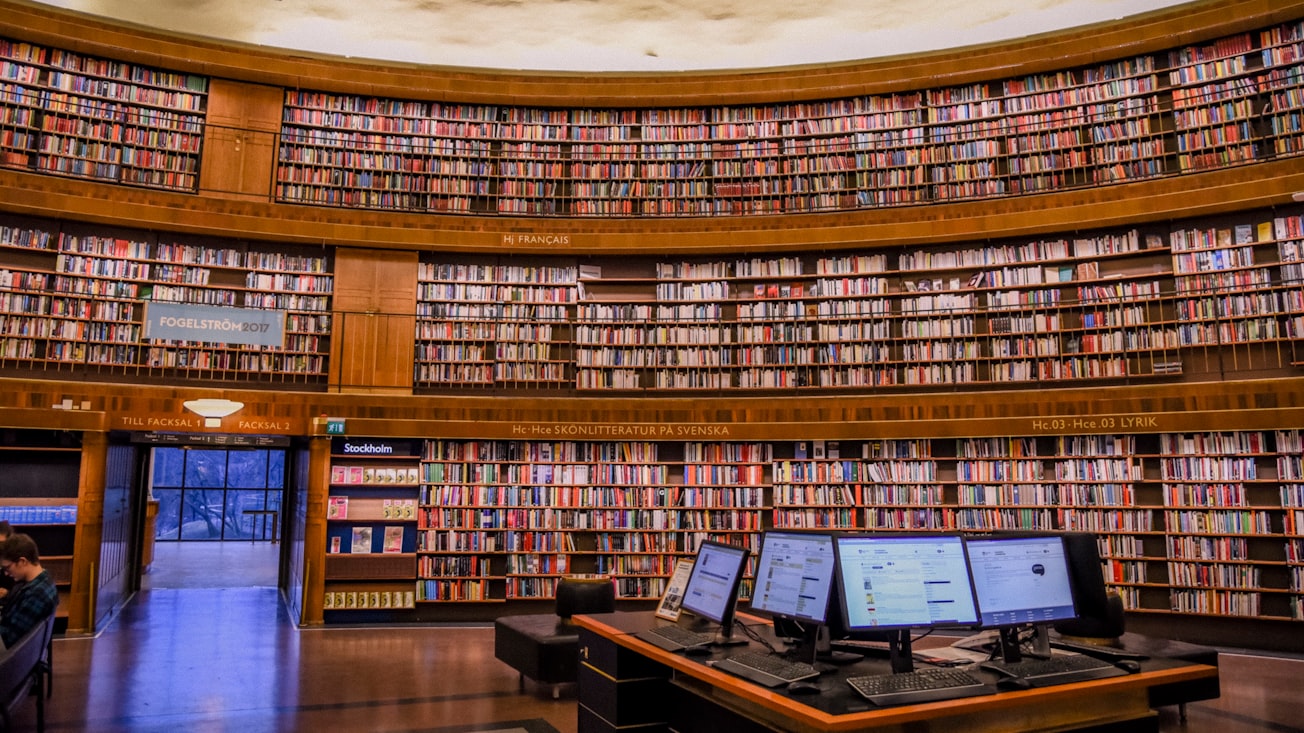What is it about?
Alba Fedeli's aims at giving an overview of recent research projects carried out by the author in early Qurʾānic manuscripts applying digital tools – in terms of imaging processing, tagging of the text and phylogenetics – thus showing the methodological implications in digitally editing manuscripts and the feasibility of a collaborative space that displays data interpreted by several scholars.
Featured Image

Photo by Gunnar Ridderström on Unsplash
Why is it important?
This is a cutting-edge research in digital encoding and pioneer phylogenetic analysis of Qurʾānic manuscript texts. It demonstrates that the digital paradigm can offer a new epistemological approach in Qurʾānic manuscript studies through a platform that admits a great quantity of varied hypotheses and crossing boundaries. This offers a transnational and transcultural system, working with different operating systems in a plurality of transparently displayed data.
Perspectives
This research endorses the theory of manuscript editions as a field of intelligently structured possibility that displays hypotheses and allows the reader to experience the manuscript transmission and debatedness of the text. Digital philology and analysis have been applied to some Qurʾānic manuscripts proving the advantages of freeing manuscripts’ edition from the constraints of the linear, circumscribed and static page of the printed text thus offering a solution to the problem of rendering manuscript movement.
Prof Abdallah El Khatib EiC Journal of college of Sharia and Islamic Studies A. Qatar University
Read the Original
This page is a summary of: Digital Humanities and Qurʾanic Manuscript Studies: New Perspectives and Challenges for Collaborative Space and Plural Views, Journal of College of Sharia & Islamic Studies, July 2020, Qatar University,
DOI: 10.29117/jcsis.2020.0260.
You can read the full text:
Contributors
The following have contributed to this page







